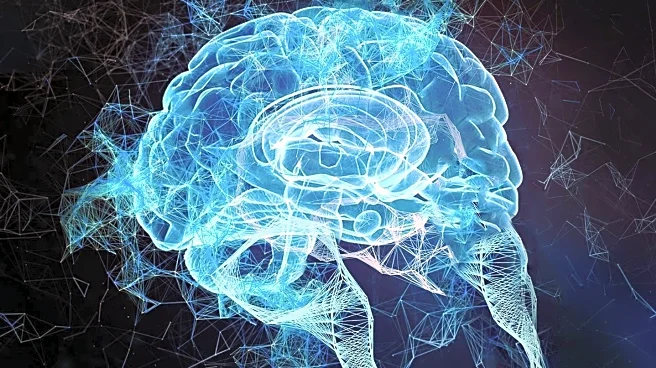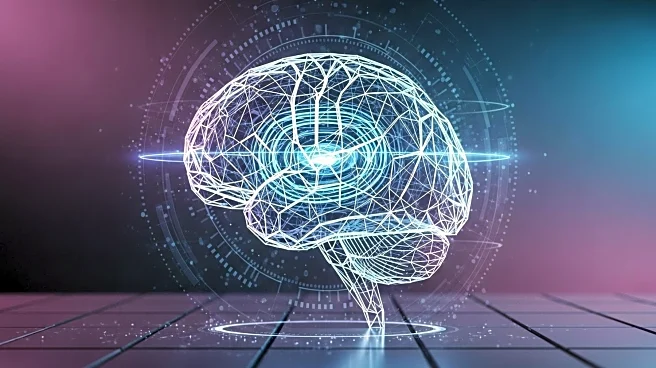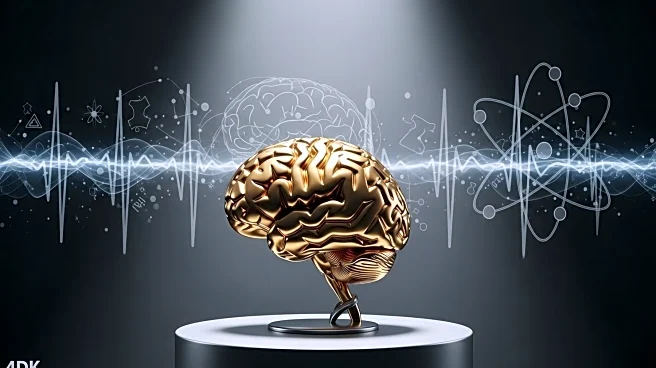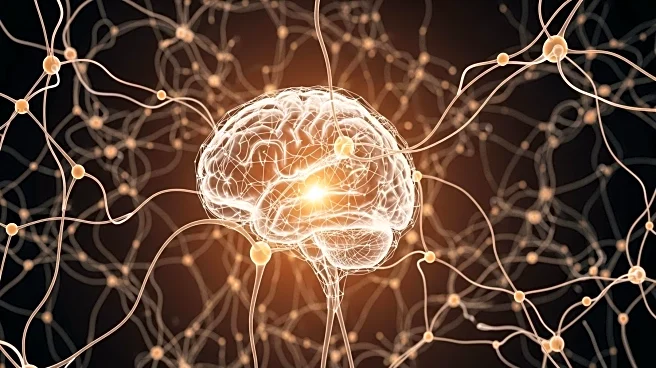What's Happening?
Recent advancements in single-cell transcriptomics have led to the identification of over 3000 distinct cell types in the human brain. This research, conducted through large-scale snRNA-seq across 106 post-mortem adult human brain regions, has uncovered a variety of cell types, including deep-layer excitatory neurons and specialized glial populations. The study also integrated chromatin accessibility data to identify key neuronal markers across human, macaque, and mouse brains. These findings provide a comprehensive map of brain cell diversity, offering insights into cellular functions and disease mechanisms.
Why It's Important?
The identification of such a vast array of brain cell types is crucial for understanding the complexity of the human brain and its functions. This research has significant implications for the study of neurodegenerative diseases, as it highlights the cellular diversity that may contribute to disease mechanisms. By mapping these cell types, scientists can better understand how specific cells contribute to brain function and pathology, potentially leading to targeted therapies for conditions like Alzheimer's and epilepsy. The study also emphasizes the importance of cross-species comparisons in understanding brain evolution and function.
What's Next?
Future research will likely focus on further characterizing these newly identified cell types and their roles in brain function and disease. There is also potential for developing new therapeutic strategies targeting specific cell types implicated in neurodegenerative diseases. Additionally, the integration of single-cell transcriptomics with other omics technologies could provide even deeper insights into brain function and pathology.
Beyond the Headlines
This research underscores the importance of technological advancements in neuroscience, particularly in single-cell analysis, which allows for unprecedented resolution in studying brain cell diversity. The findings also highlight the potential for personalized medicine approaches in treating neurological disorders, as understanding individual cell types and their functions could lead to more precise interventions.











